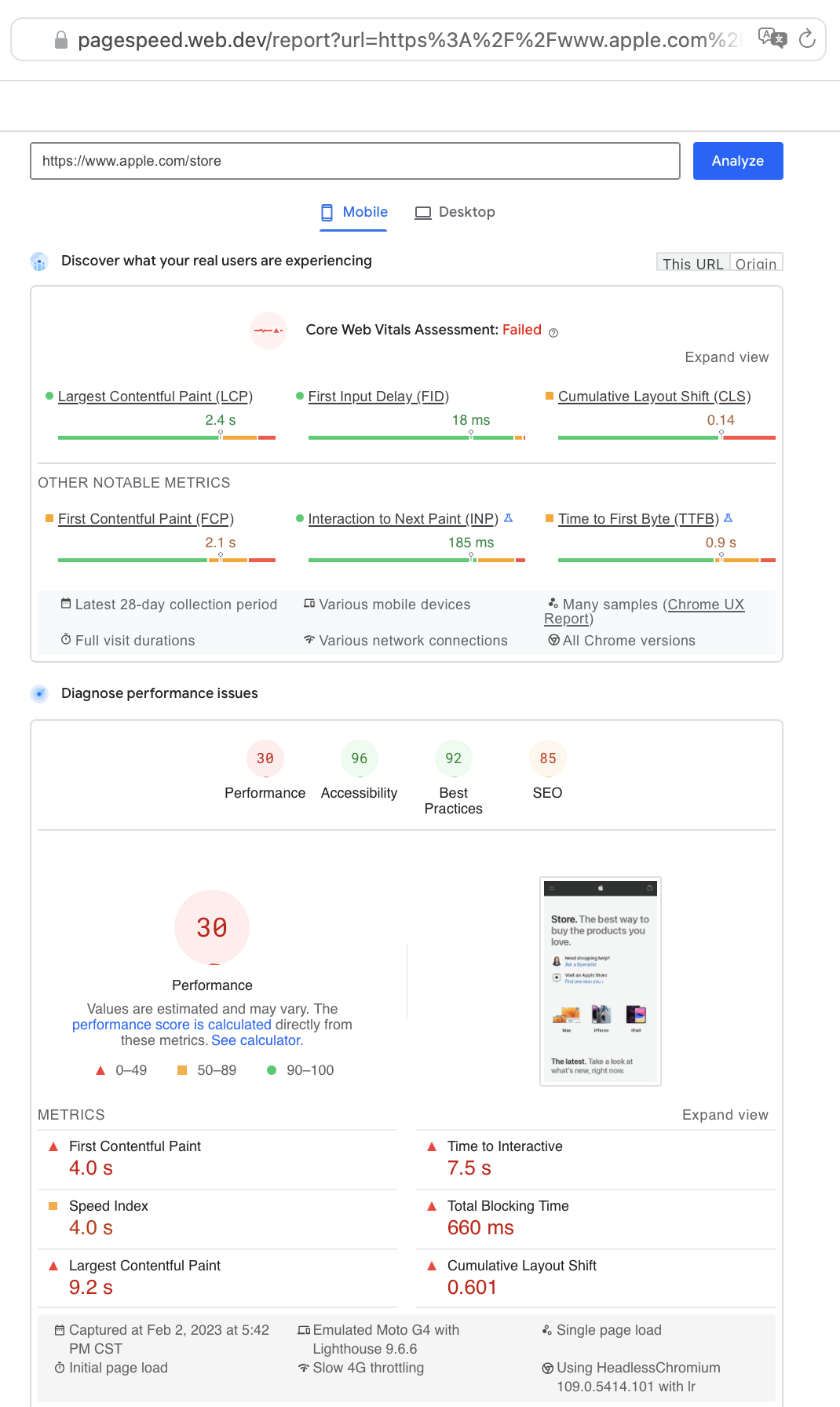What. The. F&#*.
I’ve just spent the past few minutes looking at several restaurants’ pages on OpenTable — because the restaurant company is one of my clients and I’m in the process of updating OpenTable links on their websites.
Each time I kept one of their OpenTable pages open for a minute or so, on my Mac, I would get a “Time Sensitive” notification pop-up on my iPad and my Apple Watch. I realized after the second or third time that some system had determined that it was time for me to leave if I was going to get to the restaurant in time for the reservation I hadn’t even made.
WHY IS THIS HAPPENING.
I would get it if I was heavily into the OpenTable “ecosystem,” but I don’t even have their app installed on any of my devices. I’m guessing it’s this new web push notifications thing. But… GAAAH!! I’m not even logged into OpenTable in my browser on any of these devices, or on my computer. Somehow Safari itself must be pushing these notifications to my devices.
DO NOT WANT.
Gruber thinks Apple is doing this to comply with increased regulatory scrutiny in the E.U. If that’s the case, it just once again proves that the only times governments seem to get involved in the dealings of tech companies is to make things worse, mainly because the people in government making these decisions don’t understand what the problem is, and they understand even less how to fix it. And don’t get me wrong, I am not some kind of techno-libertarian. I think tech companies do a lot of bad things that the government needs to regulate. But the people in government trying to do that just don’t get it.
I can tell you one thing. I absolutely do not want any website I visit, ever, to be able to send push notifications to my f&#*ing devices. Stop. Just stop.
